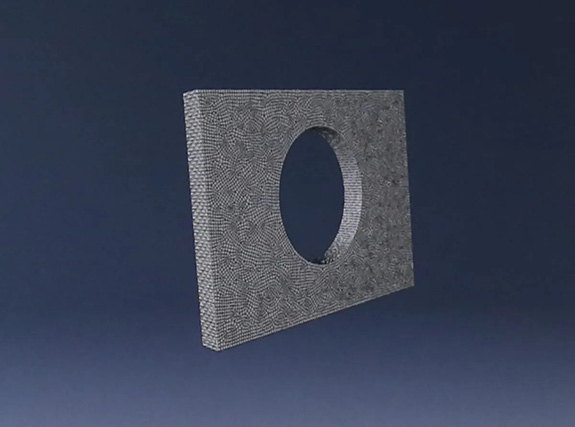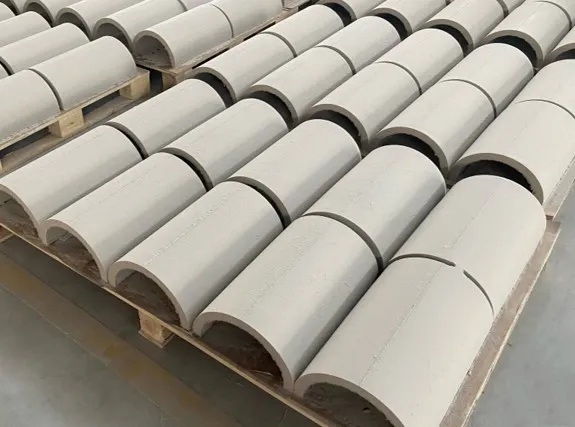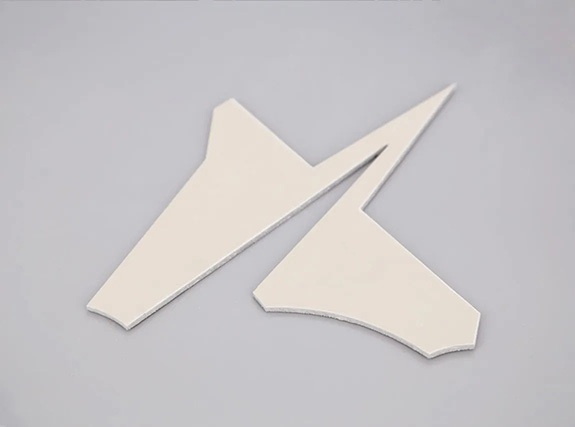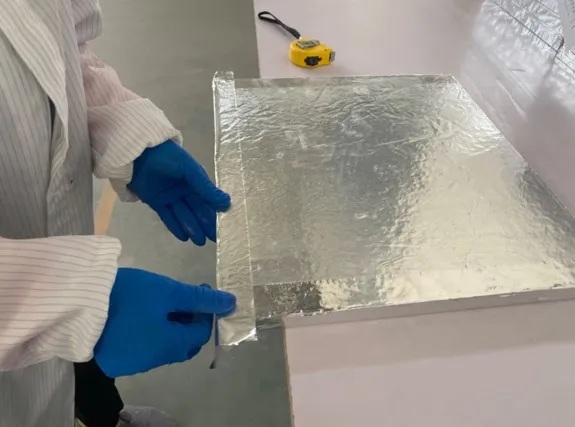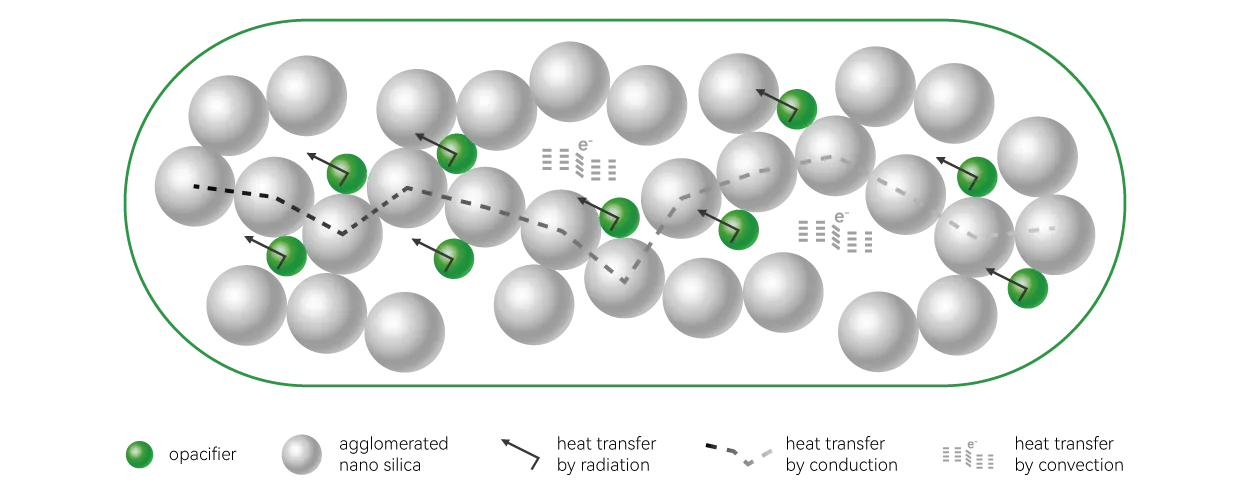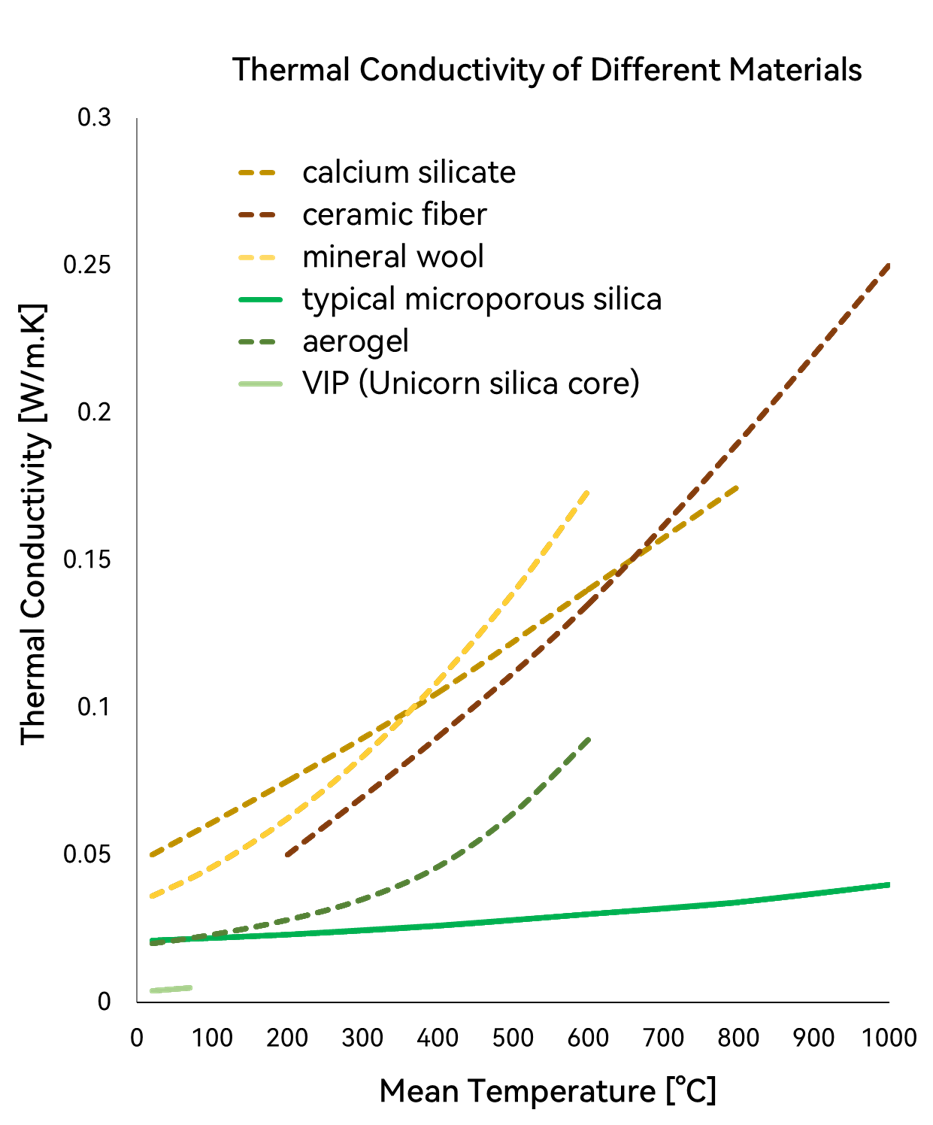
Profound technical background and continuous innovation
Under the leadership of our CTO Thomas Eyhorn, who is a renowned expert in microporous insulation technology. With over three decades of experience, we offer customized solutions to meet the unique needs of worldwide customers.
We operate state-of-the-art research and development centers in Europe and Asia, ensuring exceptional service and continuous innovation.
